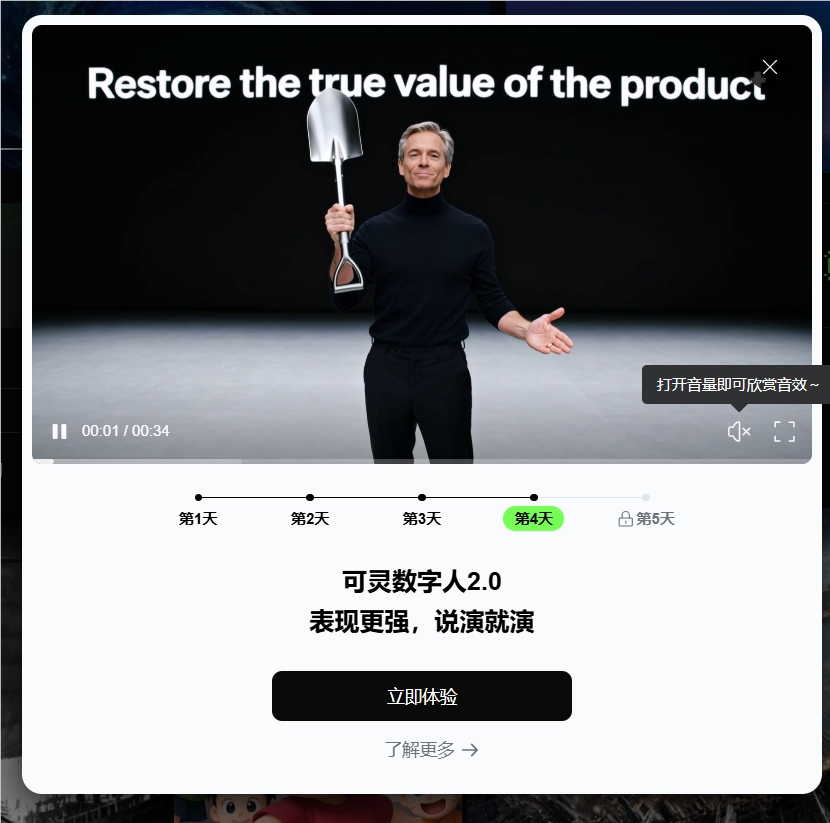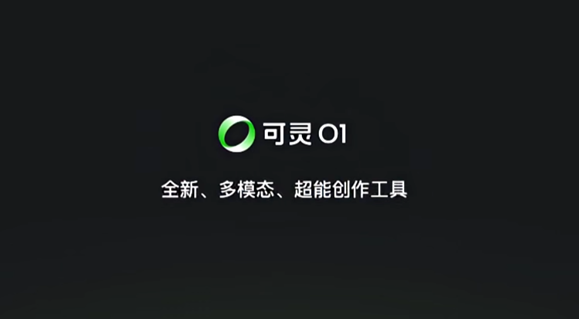Google announced on Wednesday that its AI coding assistant Jules has officially concluded its testing phase, just over two months after the public preview was released in May. This tool, based on Gemini 2.5 Pro, offers developers a new asynchronous programming experience and is expected to redefine the code development process.
Jules uses a unique asynchronous agent architecture, which integrates deeply with GitHub, cloning code repositories to Google Cloud virtual machines and automatically fixing or updating code while developers focus on other tasks. This design contrasts sharply with mainstream synchronous AI coding tools currently on the market.
Google initially launched Jules as a Google Labs project in December last year, and opened it to test users at this year's I/O Developer Conference for a public preview. Kathy Korevec, product director of Google Labs, told TechCrunch that the significant improvement in tool stability was the main reason for ending the testing phase. During the testing period, Jules received hundreds of user interface and quality updates.

"Our development trajectory has given us confidence in Jules' long-term prospects," she said.
With the official release, Google introduced a structured pricing model for Jules. The free "starter access" plan limits users to 15 individual tasks and 3 concurrent tasks per day, significantly lower than the 60-task limit during the testing phase. Paid versions include the AI Pro plan ($19.99 per month) and the Ultra plan ($124.99 per month), offering fivefold and twentyfold usage limits respectively.
Korevec explained that Jules' packaging and pricing strategy was based on "real usage" data collected over the past few months. "The 60-task cap helped us study how developers use Jules, providing essential information for the new packaging design. The daily 15-task limit is meant to help users understand whether Jules suits their actual project needs."
In terms of privacy policies, Google made significant updates to more clearly explain how AI training data is used. For public code repositories, the data may be used for training, but data from private code repositories will not be sent for training.
"We received some user feedback that our privacy policy wasn't clear enough, so we mainly responded to this issue. Our practices regarding training haven't changed, only the way we express them has been adjusted," Korevec said.
Data from the testing phase showed that thousands of developers completed tens of thousands of tasks, generating over 140,000 publicly shared code improvements. User feedback prompted the team to add several new features, including reusing previous settings to speed up task execution, integrating with GitHub issues, and supporting multimodal input.
The core advantage of Jules lies in its asynchronous workflow. Unlike synchronous tools like Cursor, Windsurf, and Lovable, which require users to watch the output in real time, Jules can run independently in a virtual machine.
"Jules is like an extra pair of hands... you can basically assign it tasks and then shut down your computer and leave, coming back a few hours later to find that Jules has already completed those tasks. With a local agent or synchronous agent, you have to stay bound to that session," Korevec explained.
The latest update includes deep integration with GitHub to automatically open pull requests, as well as a feature called "environment snapshot," which saves dependencies and installation scripts as snapshots to enable faster and more consistent task execution.
According to data from market intelligence provider SimilarWeb, Jules has received 2.28 million visits worldwide since its public testing phase, with 45% coming from mobile devices. India is the largest traffic market, followed by the United States and Vietnam.
During the testing phase, the team observed that many users used Jules to fix errors from traditional "atmosphere programming" tools or to expand these projects to make them more suitable for production environments. Initially, Jules required users to have an existing code repository, but Google quickly realized that many potential users might want to explore the tool without a code repository, so it enabled support for empty repositories.
Notably, an increasing number of users are accessing Jules through mobile devices. Although the tool does not yet have a dedicated mobile app, users are using it via the web application. "Since this is an emerging and important use case we've seen, we are actively exploring the features mobile users need," Korevec said.










